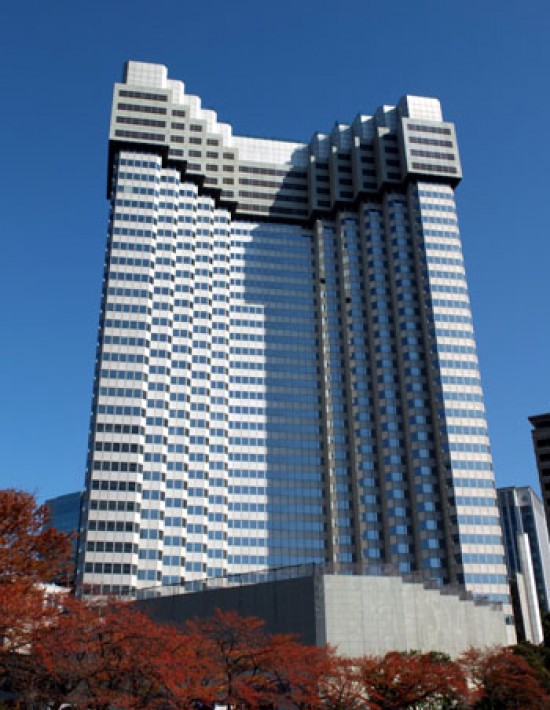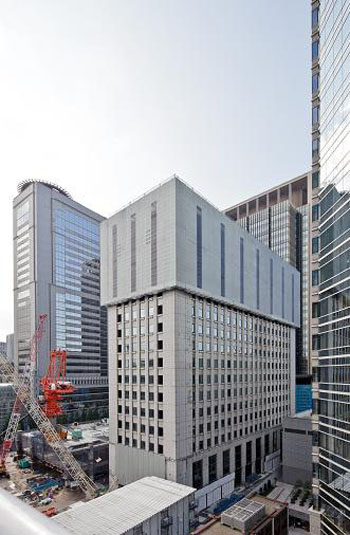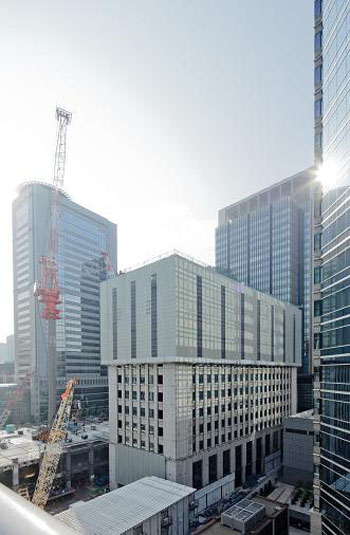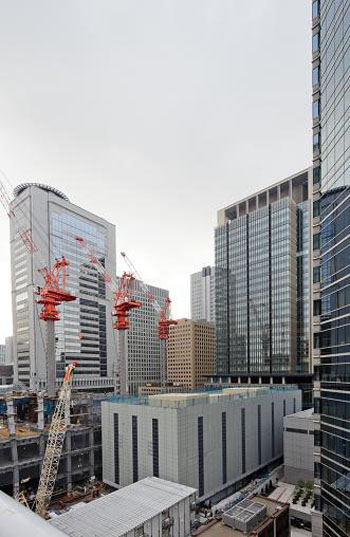It’s easier to spot a skyscraper being built then one being taken down, especially when demolition-crews are becoming a thing of the past, while more ecological techniques for getting rid of huge building are being put to use.
Usually, when taking down tall buildings, the sides are covered, while the top, where the heavy machinery is doing the disassembly work, is open to the sky. Cranes are used to pluck the debris from the top and bring it down to the ground.
The problem with cranes, at least in Japan, is that they don’t go higher than 100 meters. Japan has 797 buildings that are more than 100 meters, and 99 of them will be 30 to 40 years old in 10 years. The average life span for a 100 meter building is usually between 30 and 40 years.
Hideki Ichihara (oversees construction technology development for Tokyo-based builder Taisei Corp): We thought there needs to be an especially effective way for those over 100 meters. But we thought, is it really possible to safely disassemble buildings over 100 meters? We thought we needed to research that, which is how Tecorep’s development started.
The key idea is to disassemble a structure in an enclosed space, unlike the traditional way of working in the open air. The roof is held up by temporary columns that are lowered by jacks as the higher floors come down, and it is used to create a closed working site and bringing cranes inside the building.
By working in an enclosed space, outside noise is reduced by 17 to 23 decibels while dust is cut by as much as 90 percent. It’s also safer for the workers, while an speed up completion times because weather is not usually a factor and work can continue around the clock if neighbors agree.
This new method is also more enviormentally safer and energy efficient. The cranes are used in the same way Hybrid cars are – generating energy while bringing down objects. The power they make can be used to run lights and other equipment.
If skyscrapers, torn down or being built, is something that gets you worked up, I’m pretty sure you’ll love this awesome LEGO creation, using 15 million pieces, used to recreate (on a smaller scale) the world’s tallest buildings.














